Introduction:
Hair clippers are essential tools for maintaining and styling hair, and it can be frustrating when they suddenly stop working. Whether they fail to turn on, experience a loss of power, or encounter other issues, it’s important to know how to troubleshoot the problem and potentially fix it. In this guide, we will explore steps to take when your clippers stop working, from simple checks to more advanced troubleshooting techniques, to get them up and running again.
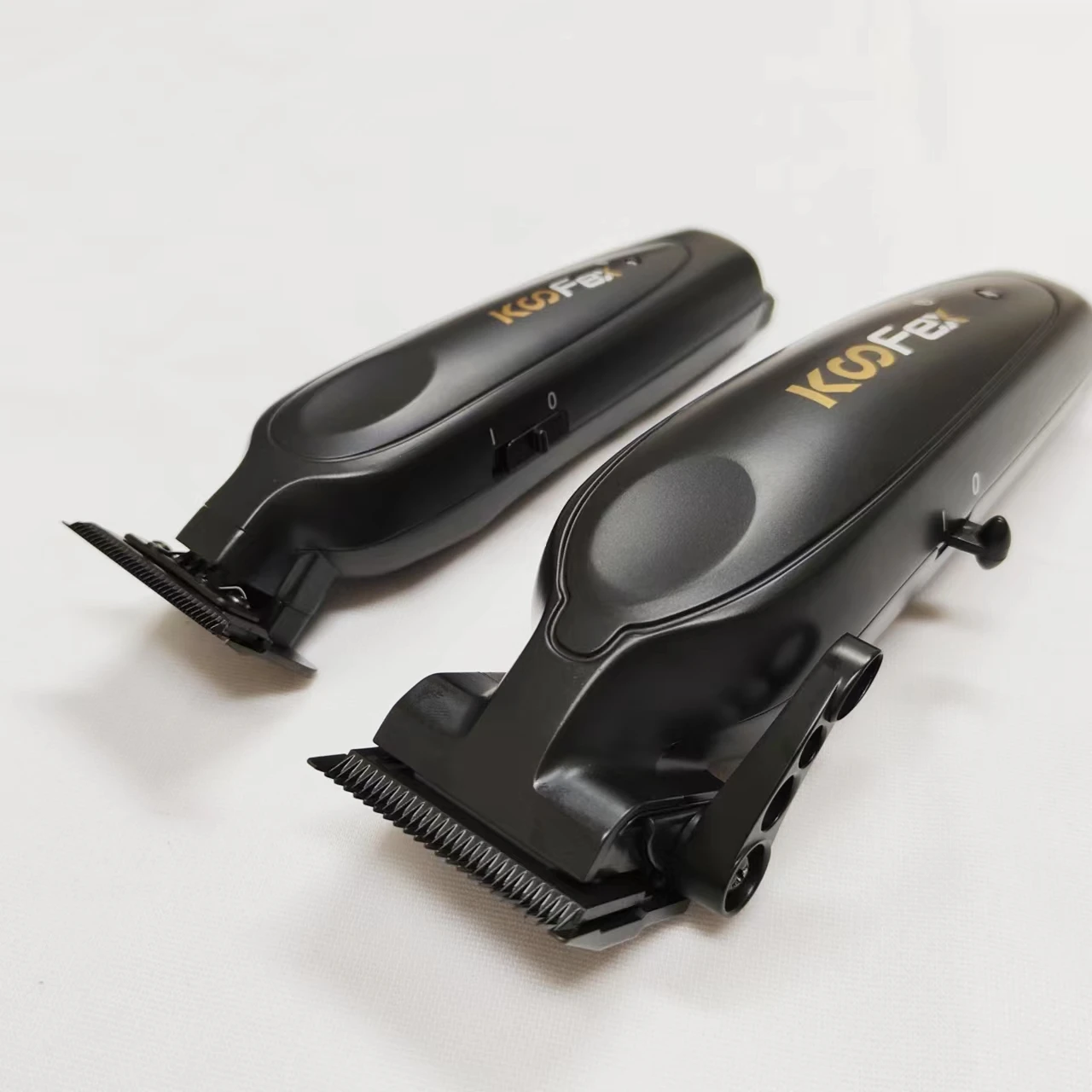
What to do if your clippers stop working?
Check the Power Source:
The first step when your clippers stop working is to ensure that they are receiving power. Follow these checks to ensure a proper power connection:
a) Plug: Verify that the clippers are securely plugged into a functioning power outlet. Sometimes, the plug can become loose or dislodged.
b) Power switch: Confirm that the power switch on the clippers is in the “on” position. It’s possible that the switch was accidentally turned off or shifted during use.
c) Battery-powered clippers: If you are using battery-powered clippers, ensure that the batteries are charged or replace them if necessary. Batteries can lose their charge over time, leading to a loss of power.
Inspect the Cord and Connection:
If the clippers are still not working after verifying the power source, inspect the cord and its connection for any signs of damage or disconnection:
a) Cord damage: Check for any visible damage, fraying, or cuts in the cord. If the cord appears damaged, it may need to be replaced to restore functionality.
b) Connection point: Ensure that the cord is securely connected to the clippers. Sometimes, the connection can become loose or disconnected, resulting in a loss of power.
c) Test with another cord: If you have access to another cord that is compatible with your clippers, try using it to see if the issue lies with the original cord. This can help determine if a replacement cord is needed.
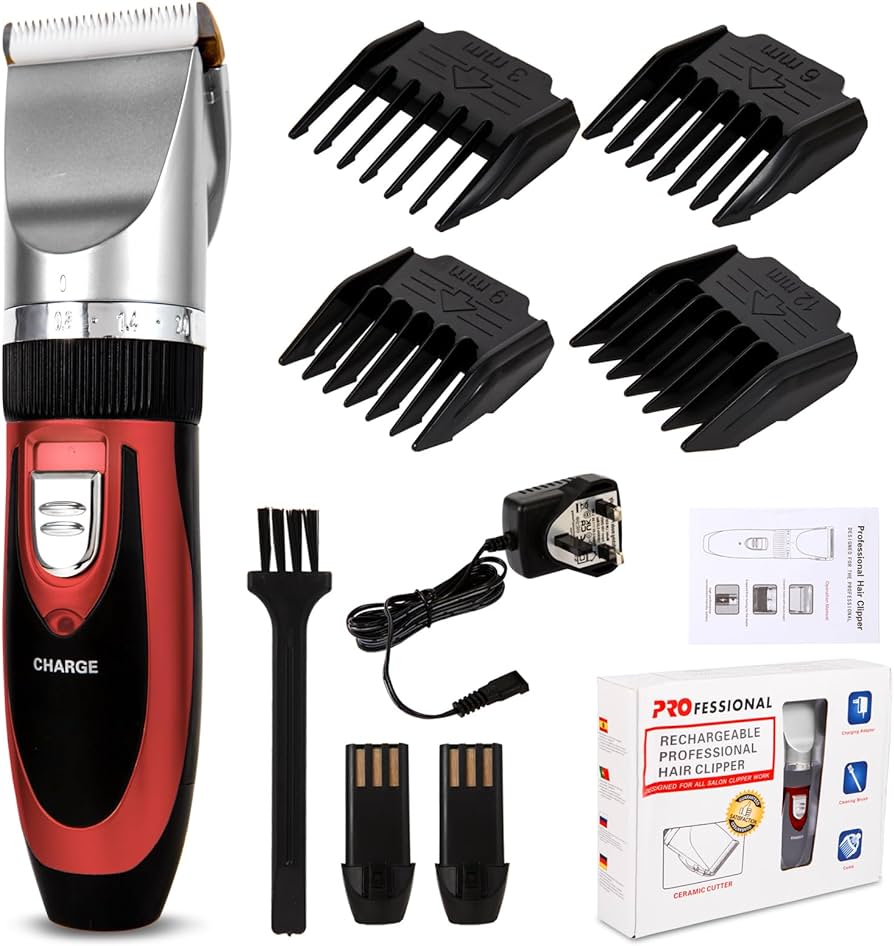
Clean and Oil the Blades:
If the clippers are receiving power but are not cutting or operating as expected, it’s possible that the blades are clogged or need lubrication. Follow these steps to clean and oil the blades:
a) Remove hair and debris: Carefully remove any hair or debris that may be trapped between the blades. Use a soft brush or toothbrush to gently brush away the buildup.
b) Clean with blade wash or clipper oil: Apply a few drops of blade wash or clipper oil to the blades, following the manufacturer’s instructions. This helps remove any residue and lubricates the blades for smooth operation.
c) Test after cleaning: After cleaning and oiling the blades, test the clippers to see if they are working properly. If the issue persists, move on to the next steps.
Check for Motor Issues:
If the clippers are still not working correctly after cleaning the blades, the problem may lie with the motor. Follow these steps to check for motor issues:
a) Overheating: If the clippers suddenly stop working during use, they may have overheated. Turn off the clippers and allow them to cool down for a few minutes before attempting to use them again.
b) Motor blockage: Inspect the motor area for any visible blockages, such as hair, dust, or debris. Use a small brush or compressed air to remove any blockages that may be hindering the motor’s performance.
c) Lubrication: Apply a few drops of clipper oil to the motor’s moving parts, following the manufacturer’s instructions. This can help lubricate the motor and improve its performance.
d) Check for unusual noise or odor: If the clippers are making strange noises or emitting an unusual odor, it may indicate a more significant motor issue. In such cases, it is advisable to contact the manufacturer or seek professional repair.

Consult the User Manual:
If the clippers still fail to work after following the above steps, consult the user manual provided by the manufacturer. The manual may contain troubleshooting tips specific to your clippers and provide guidance on addressing common issues.
Contact the Manufacturer or Seek Professional Repair:
If you have exhausted all troubleshooting steps and the clippers still do not work, it may be necessary to contact the manufacturer or seek professional repair. The manufacturer’s customer service department can offer further assistance and guidance. If the clippers are under warranty, they may be repaired or replaced at no cost. Alternatively, you can contact a professional repair service experienced in fixing clippers to diagnose and resolve the issue.
Consider Replacement Parts:
If your clippers require specific replacement parts, such as a new cord or blade, you may be able to purchase them separately. Check with the manufacturer or authorized retailers to see if these parts are available. Replacing faulty components can often restore the functionality of the clippers without the need for a complete replacement.
Invest in a New Pair of Clippers:
If your clippers are old, extensively damaged, or the cost of repair is prohibitively high, it may be more practical to invest in a new pair of clippers. Consider the specific features and qualities you desire in clippers, such as adjustable blades, a variety of guard sizes, a powerful motor, and durability. Read reviews and compare different models to find a pair that suits your needs and budget.
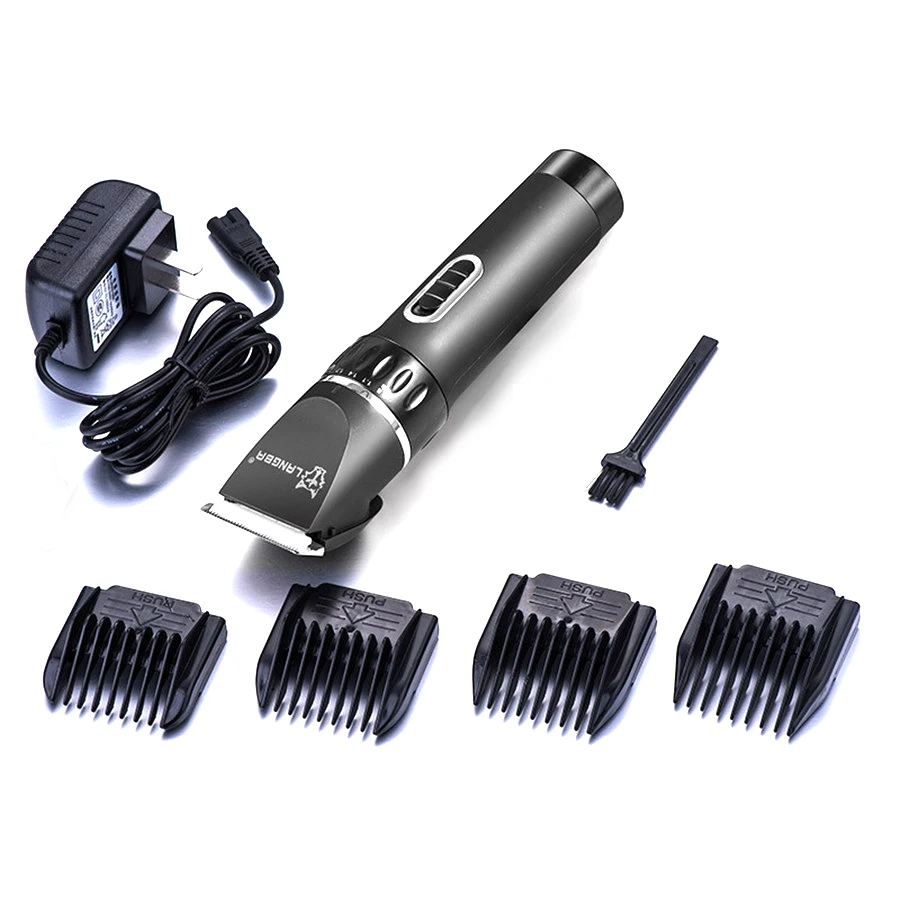
Proper Maintenance and Care:
To prevent future issues with your clippers, it’s important to practice proper maintenance and care. Regularly clean the blades and remove any hair or debris to keep them functioning optimally. Apply clipper oil or lubricant as recommended by the manufacturer to maintain smooth operation. Additionally, store your clippers in a safe and dry place to avoid damage and ensure longevity.
Seek Professional Help:
If you encounter technical difficulties or are unsure about performing any troubleshooting steps, it’s always best to seek professional help. Barbershops, hairstylists, or professional repair services have the expertise to diagnose and resolve complex issues with clippers. They can provide guidance, perform repairs or replacements, and offer valuable advice on maintaining your clippers properly.
Consider a Backup Pair of Clippers:
To avoid being left without clippers in case of future issues, consider having a backup pair available. Having a spare set can ensure that you can continue with your grooming routine uninterrupted while you address any problems with your main pair of clippers. This is especially useful for individuals who rely on clippers for regular grooming or professional use.
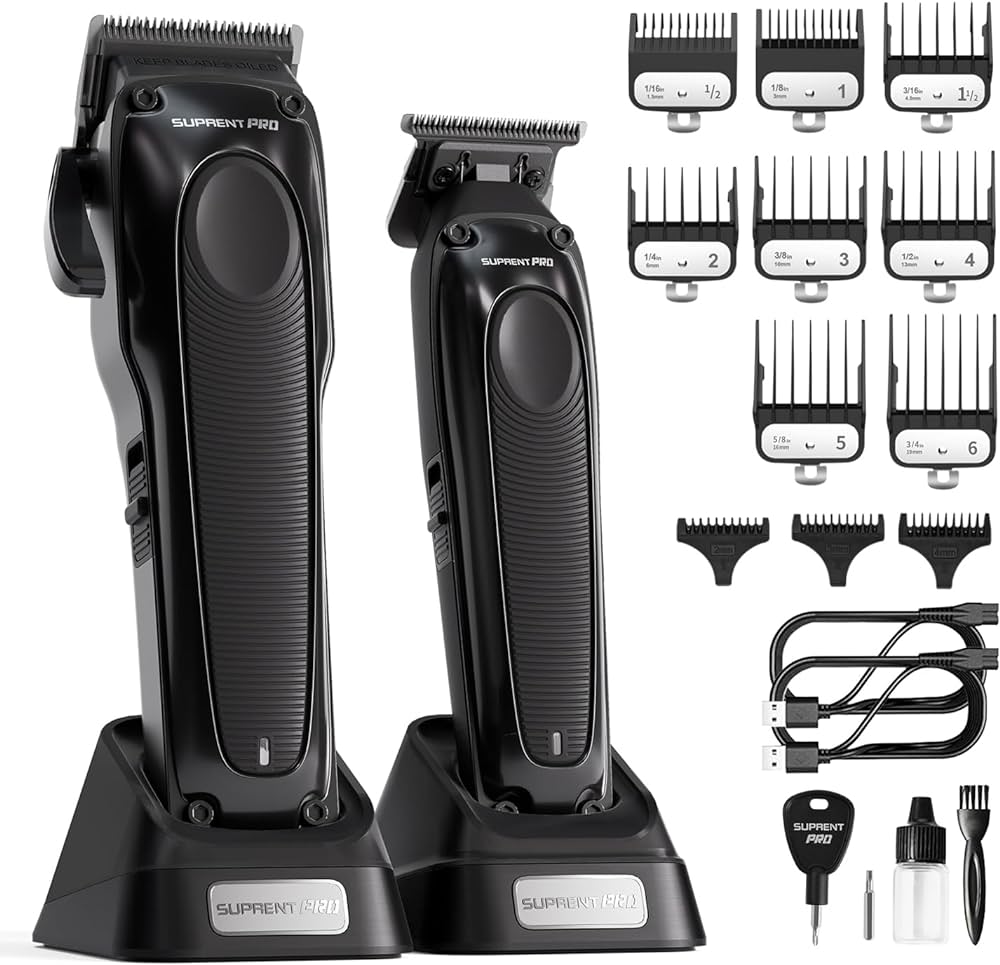
Conclusion:
When your clippers stop working, it’s important to take a systematic approach to troubleshoot and potentially fix the problem. Start by checking the power source, inspecting the cord and connection, and cleaning and oiling the blades. If the issue persists, consider potential motor issues and take appropriate steps to address them. Consult the user manual for specific troubleshooting tips and contact the manufacturer or seek professional repair if needed. By following these steps, you can increase the chances of resolving the problem and getting your clippers back in working order, ensuring you can continue to maintain and style your hair effectively.
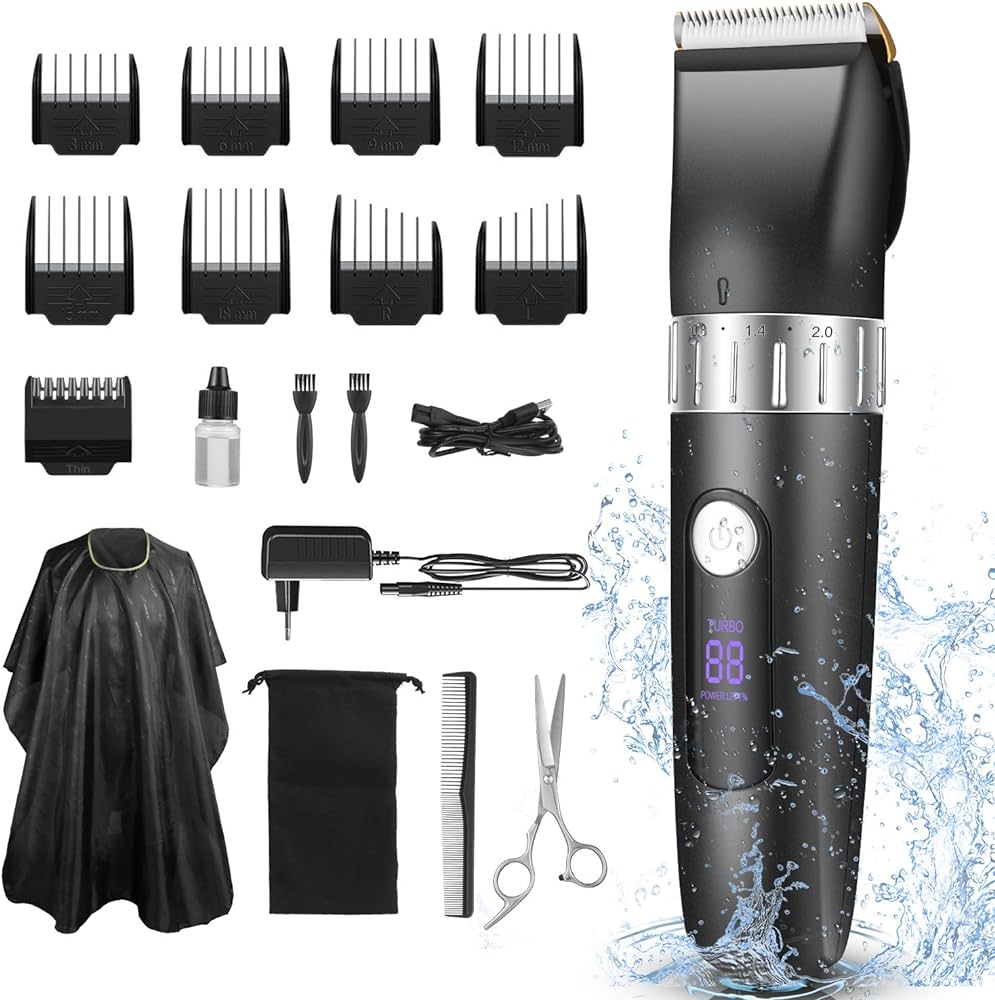
Leave a Reply